Travel inspiration: celebrate World Whisky Day with a whisky holiday
Hikes, sailing, and distillery tours on the magical Hebridean isle of Islay is the taste of freedom.
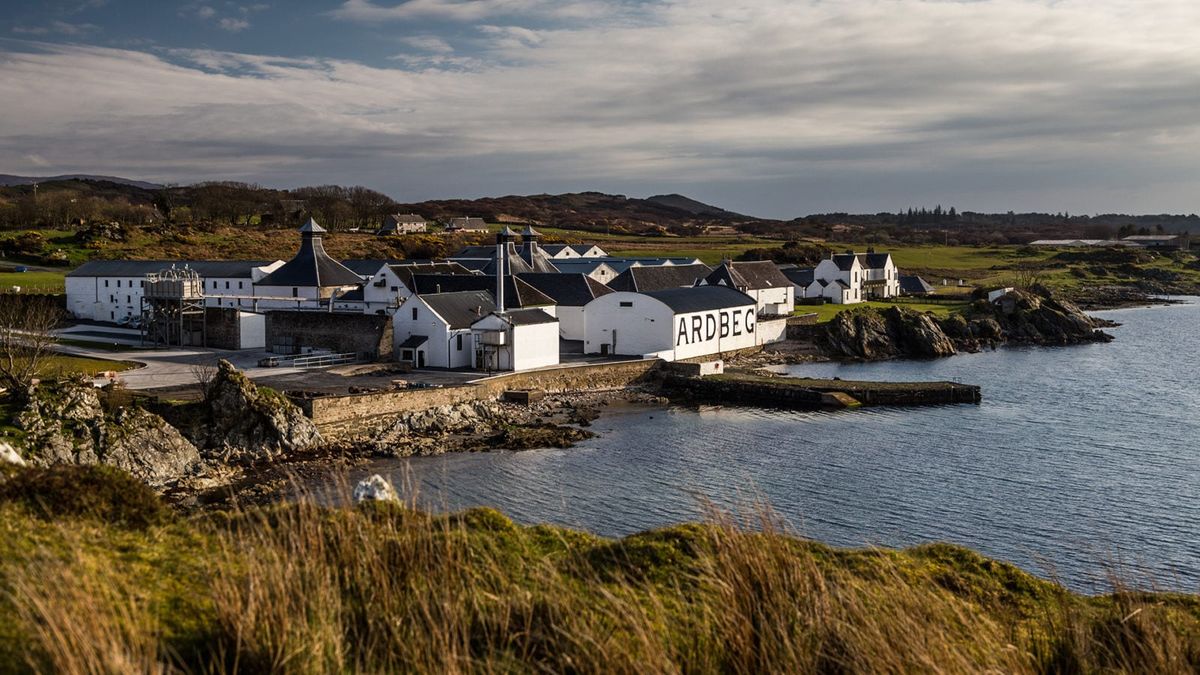
World Whisky Day is here again. Saturday May 16 is a global celebration of the dram, even if it comes at a time when your travel plans are on hold. But that doesn’t mean you shouldn't be planning some experiences to enjoy when it's time to dust off your passport. Spirits expert Brad Japhe knows the power of a great drink isn’t just intoxicating - it’s transportive – which is why, when this is all over, he’s headed straight to where his love affair with fine whisky began.
The parking lot at the Laphroaig distillery in Islay, Scotland, is a rather unremarkable site. Worn white lines on the asphalt ensure uniform spacing for the two dozen or so vehicles in its keep. An abutting two-story stone warehouse obstructs any meaningful panorama.
Yet from this exact spot, I absorbed perhaps the most profound sensory experience of my life. It had nothing to do with what I could see and everything to do with what I could smell.
Sandwiched between active stills and a brackish inlet off the North Channel that connects the Irish Sea with the Atlantic Ocean, I stumbled upon a vortex, a precise point on the pavement where the rich aromas of peated malt rolling off the kiln converged with salt and seaweed carried by the damp island air. They were one. And so my love affair with Islay was consummated.
In Scotland, the basic styles of whisky are traditionally broken down into five basic regions – each with its own stereotypical traits.
When I first visited here in 2013, I was mostly concerned with the full-bodied expressions of the Highlands. I followed the pastoral northeastern edges of the country, landing at the 19th-century doorstep of The GlenDronach Distillery.
As if it were yesterday, I recall my first sip of sherried malt – thieved straight from the cask - bursting with dark fruit and leather, demanding prolonged contemplation. I sat silently and collected my thoughts. I’m still thinking about it now; the brand’s 18-year-old expression remains the most prized in my 200-bottle-strong bar.
But Islay (pronounced “eye-luh”) Scotch is a different beast altogether. Bombastic and unapologetic, it is a smoky, maritime liquid that sings of its provenance: a windswept, Hebridean isle seemingly exempt from the passage of time.
When I sip the Highland stuff, my mouth is flooded with familiar points of flavor comparison: cherries, sultanas, Christmas Cake. Islay malt, however, draws tasting notes of terrain, a sense of place rather than of objects.
And as I sit here, staring at Scotch in the glass – wistful of journeys past, longing for those that shall follow – my mind’s eye is fixed.
I envision Scotland’s western seascape, where it is punctured by the mighty, craggy mull. Islay speaks. And I am listening. Cordoned-off in my own corner of the world, several thousand miles away, I am already planning my next peat pilgrimage.
Sea for yourself
Getting to Islay is not without its challenges. In normal times, Loganair operates up to three flights a day on a small prop plane out of Glasgow, although the weather at both ends of the hop is notoriously unpredictable. One of the bumpiest plane rides of my life followed this route. At only 45 minutes, it felt much longer.
Wary of delays – and turbulence - I’d consider the ferry option this time. It takes the ship just over two hours to traverse the Jura Sound from Kennacraig to Port Ellen.
Before coming to port, I’ll pass the seaside barrelhouses of some of the island’s most storied producers. The names, in large black typeface, appear in sharp relief against the stark white facades: Ardbeg, Lagavulin, Laphroaig arrive in close succession as I sail by their eponymous villages.
Even if I opt to arrive by air, I will make time to chart a course on the open seas. Viewing the landscape from the water – particularly on a rare, sunny day – is a memorable adventure amplified with a dram of the local liquid in-hand.
If I’m feeling especially frisky, I’ll book the four-hour-long Corryvreckan Tour with Islay Sea-Adventures. Departing daily out of Port Askaig, it’ll take me perilously close to the world’s third-largest whirlpool.
Locals have been spinning legends related to this maritime phenomenon since the 7th century. In the present day, Ardbeg offers a scotch that bears its name.
Joining the Feis Ile festivities
Home to fewer than 3,500 residents (spread over 620 square kilometres), Islay receives nearly twice that many visitors during its annual Feis Ile celebration, held during the last week of May.
The festival is every whisky lover’s fantasy realized. Each of the island’s eight active producers holds parties with live music while debuting one-off releases that can be procured only there and then.
Predictably, it can get a little hectic, with long lines and severely limited accommodations, but to think back on all of that revelry now – from the inescapable ennui of my own apartment - I would move mountains to make it back.
Since the event was canceled this year, at least I won’t have to worry about fear of missing out, and I have more time to start planning for 2021. My heart is currently set on a stay at the Glenegedale House, a charming bed and breakfast between the towns of Port Ellen and Bowmore.
Malting, done by hand
Malting is a critical component of Scotch production. In order for barley to be ready for fermentation, it must be moistened to spark the seeds to life.
Then it’s immediately heated to prevent full germination – preserving the sugars vital to alcohol production.
Traditionally, this one-two malting process occurred on-site at the distilleries. Hot air would rise from a kiln through perforated flooring, where the grain was spread out into a thin layer.
Today, it has largely become an industrial process not unlike tumble-drying massive amounts of laundry. Only six producers still do at least some of their own floor maltings, and half of them are on Islay.
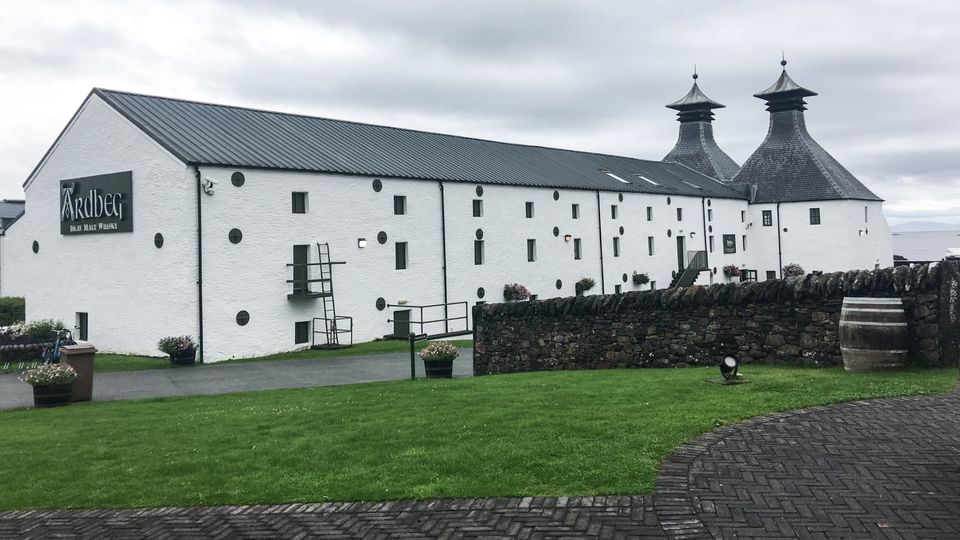
Since the island is largely devoid of forest, the main source of fuel here is peat, vegetative matter that over thousands of years has decomposed into an almost charcoal-like state.
During the heating process, the barley picks up unctuous phenolic compounds emitted from the smoldering carbon, those hallmark “peaty” or smoky notes that drinkers often compare to iodine or Band-Aids, if they’re feeling especially polite.
Frankly, it scares many would-be drinkers away from Scotch. Sip enough of it while here, however, and you’ll soon find it tastes a little like home.
My first time observing the process up close was during a half-day tour at the Bowmore Distillery.
On the malting floor, I saw maltsters tirelessly “turning the piece,” or shoveling over sections of grain, intermittently, to prevent matted roots and excess carbon dioxide buildup.
Take a hike
Sure, in a place dubbed, “Whisky Island,” distillery tours are to be expected.
There are currently nine on offer. I could comfortably weave a circuit through all in three days. But what surprised me most about my time in Islay was how much I could do that didn’t involve sipping booze – directly, anyhow.
Many visitors go out of their way to visit the famous Islay Woolen Mill outside Bridgend, or to hit up the links at the luxurious new Machrie Hotel. Some find solace in Kilarrow Parish – a 250-year-old church noted for its circular design. But I’ll go find my peace again along the open trail.
Islay contains countless miles of dedicated walkways, where I was far more likely to encounter highland cattle and grazing sheep than I was to see fellow hikers.
A personal favorite was a 5.5-mile round-trip trek to Beinn Mhor on the Mull of Oa. I’ll trace those stunning cliffs once again, climbing 500 feet above the pounding surf below.
Before summiting the highpoint of the headlands, I’ll pause for a moment of reflection beneath the American Monument, a towering obelisk dedicated to servicemen who perished off the coast during World War I.
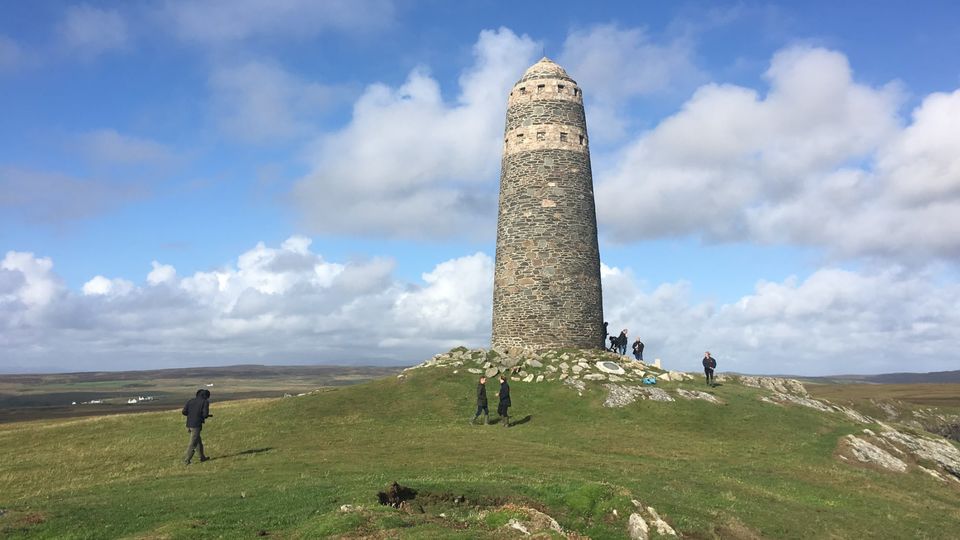
After returning to the bustling city of Port Ellen (population 810), I’ll refuel with a freshly toasted haggis sandwich amid the balmy embrace of the Ardview Inn.
If there’s time, I’ll consider booking an additional bog experience with Laphraoig for a hands-on demonstration of how dedicated laborers excise fresh peat from dampened earth.
Dip your toes in
Islay spends much of the year under cover of cloud. But for when the sun makes a cameo appearance, I’ll be sure to have packed a swimsuit for the island’s incredible beaches.
Last time, after visiting Kilchoman Distillery along the west coast, I made time for Machir Bay. Under blue sky, I spotted notes of cerulean sea lapping at the massive stretch of golden sand that laid before me.
The average summer temperature here rarely soars above 60F, so I may again need some liquid courage for a full plunge in the water; otherwise, an ankle-deep wade will do.
On my last visit, I ventured further south - still soaked - to an outcropping known as Granny’s Rock.
Peered at from the proper angle, the profile of its namesake matriarch reveals herself in the contours of the stone. With an obligatory bottle of Bowmore 18 clutched tight, I’ll enjoy another face-to-face in our not-so-distant future.
Giving added meaning to the term “tight-knit community,” the Islay Quilters are a group of local volunteers who weave specialty goods exclusively for charity, an enterprise I’m happy to support from afar.
Since 1993, they’ve designed and crafted a bespoke quilt that’s auctioned every August. This year, even with funding severely limited, they are working with the island’s hospital to manufacture scrubs and other medical equipment for frontline personnel.
Also read: This whisky distillery is Scotland’s newest tourist attraction
This article is published under license from Bloomberg Media: the original article can be viewed here
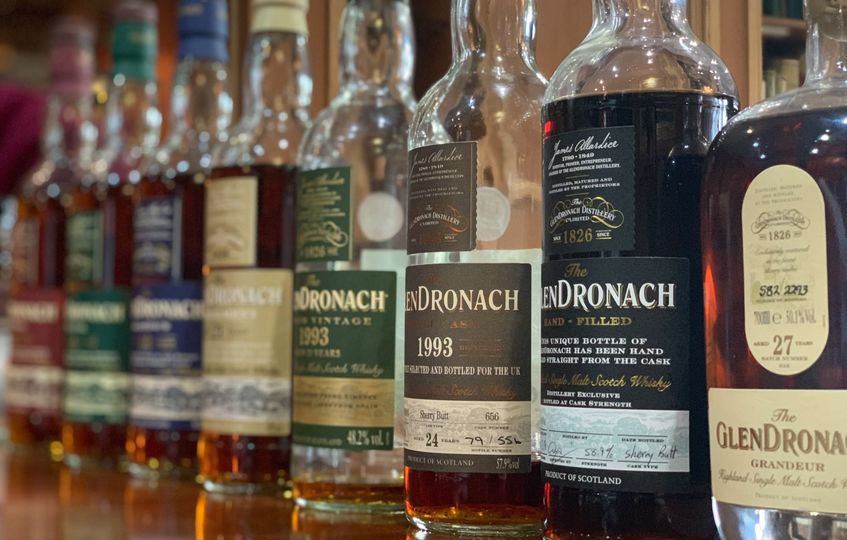
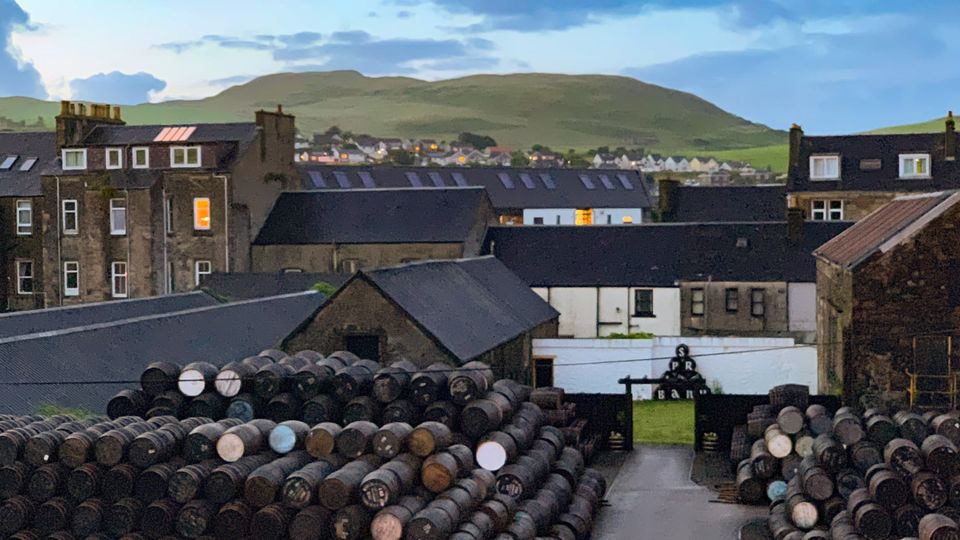
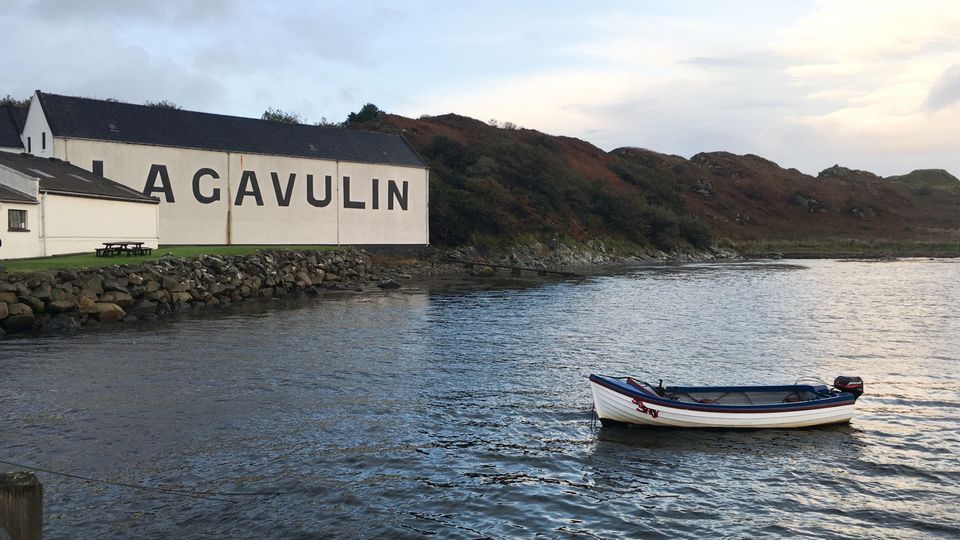
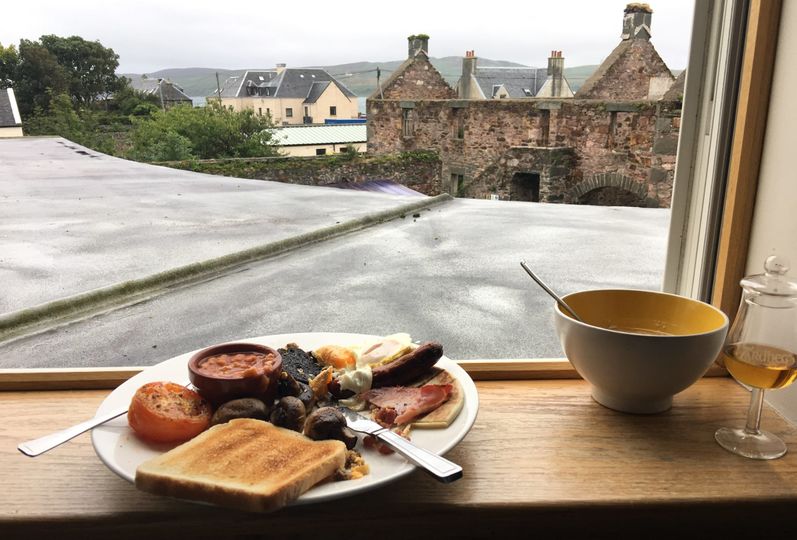
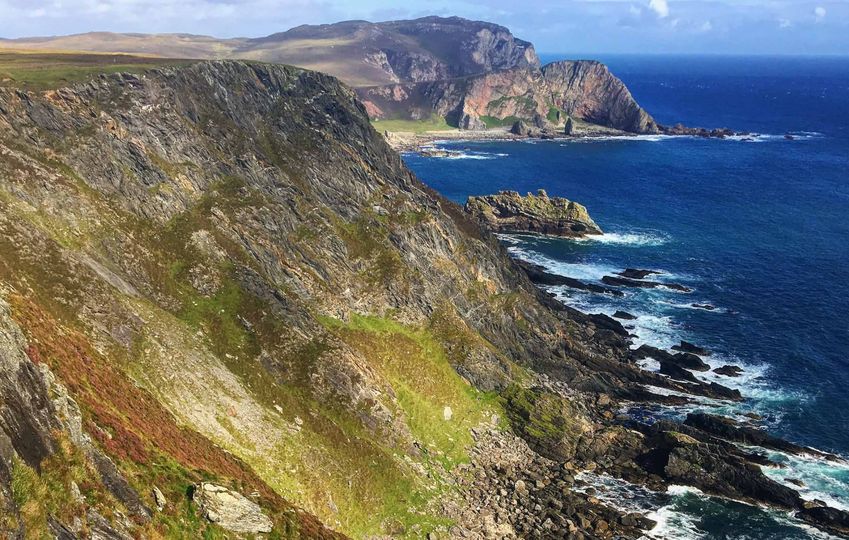
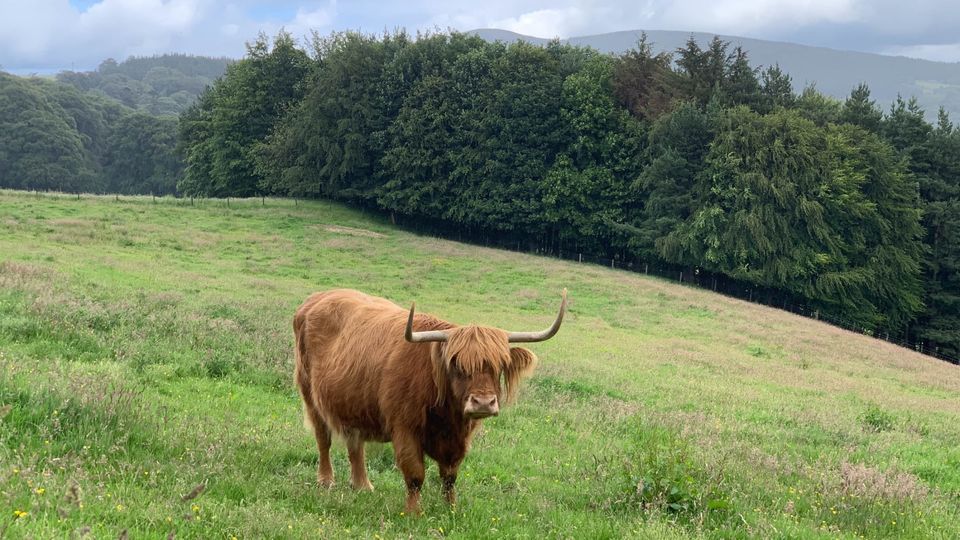

23 Apr 2015
Total posts 22
Islay is beautiful!
FYI it's Whisky (without the ‘e') when referring to Scottish Whisky.
Hi Guest, join in the discussion on Travel inspiration: celebrate World Whisky Day with a whisky holiday